Navicular Disease In Horses
Navicular disease in horses. A veterinarian should be contacted when signs of lameness are noticed. Opens in new window Diagnosis. An intermittent lameness is manifest early.
Caudal meaning the back of the foot and heel pain because that is the generalized area of the lameness. The navicular bone in horses is a small boat-shaped bone which is tucked behind the larger pedal bone and then lies at the back of the heel. An intermittent lameness is manifest early.
While walking the horse with navicular disease tends to place its. From 542 quotes ranging from 4000 - 10000. The navicular bone lies at the back of the heel and the deep digital flexor tendon runs down the leg and wraps under the navicular bone before anchoring to.
It is typically a result of continued stress on a horses feet and is common in horses that may have long or flat feet. The disease is usually insidious in onset. It is the inflammation or degeneration of the navicular bone and its surrounding structures within the foot.
It can be limited to one limb. Navicular Disease in Horses opens in new window Signs of navicular disease. Navicular disease also termed navicular syndrome or caudal heel syndrome in horses cause much foot pain and lameness.
Clinical Findings and Diagnosis. Classical treatments often do not provide satisfactory results and the horse remains lame and occasionally the horse must be euthanized. Navicular syndrome or navicular disease is a degenerative condition of structures in the horses heel which is responsible for over a third of chronic lameness in horses.
It means lameness and it can be career ending. Navicular disease is a complex set of disease processes responsible for one-third of cases of chronic forelimb lameness in horses in North America and it is well known that it often although not exclusively involves the navicular bone.
Navicular Disease in Horses opens in new window Signs of navicular disease.
The disease is usually insidious in onset. It can be limited to one limb. Navicular Disease in Horses Etiology. A veterinarian should be contacted when signs of lameness are noticed. Little is known of the etiology of navicular disease. Caudal meaning the back of the foot and heel pain because that is the generalized area of the lameness. The syndrome is likely due to a complex pathogenesis. Clinical Findings and Diagnosis. Also known as Navicular Disease Caudal Heal Pain Podotrochlosis No matter what you call it the word Navicular causes the heart of any horse owner to sink.
If your horse is presenting with any form of lameness contact your veterinarian for an evaluation. The disease is usually insidious in onset. The pathophysiology of navicular disease is unknown. Navicular disease is a complex set of disease processes responsible for one-third of cases of chronic forelimb lameness in horses in North America and it is well known that it often although not exclusively involves the navicular bone. The navicular bone is a tiny bone in the foot that sits just under the deep flexor tendon next to the coffin and lower pastern bones. A veterinarian should be contacted when signs of lameness are noticed. From 542 quotes ranging from 4000 - 10000.











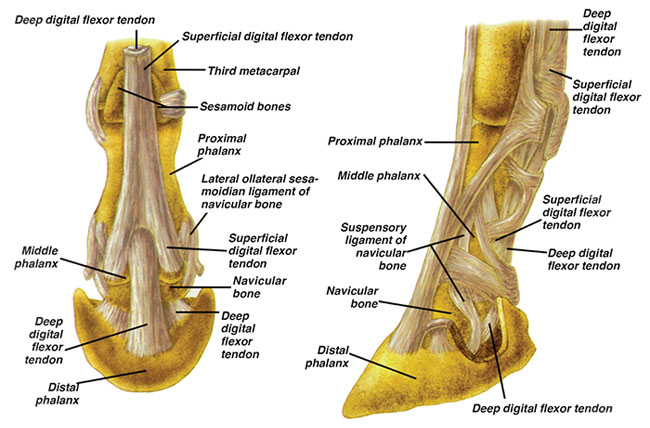






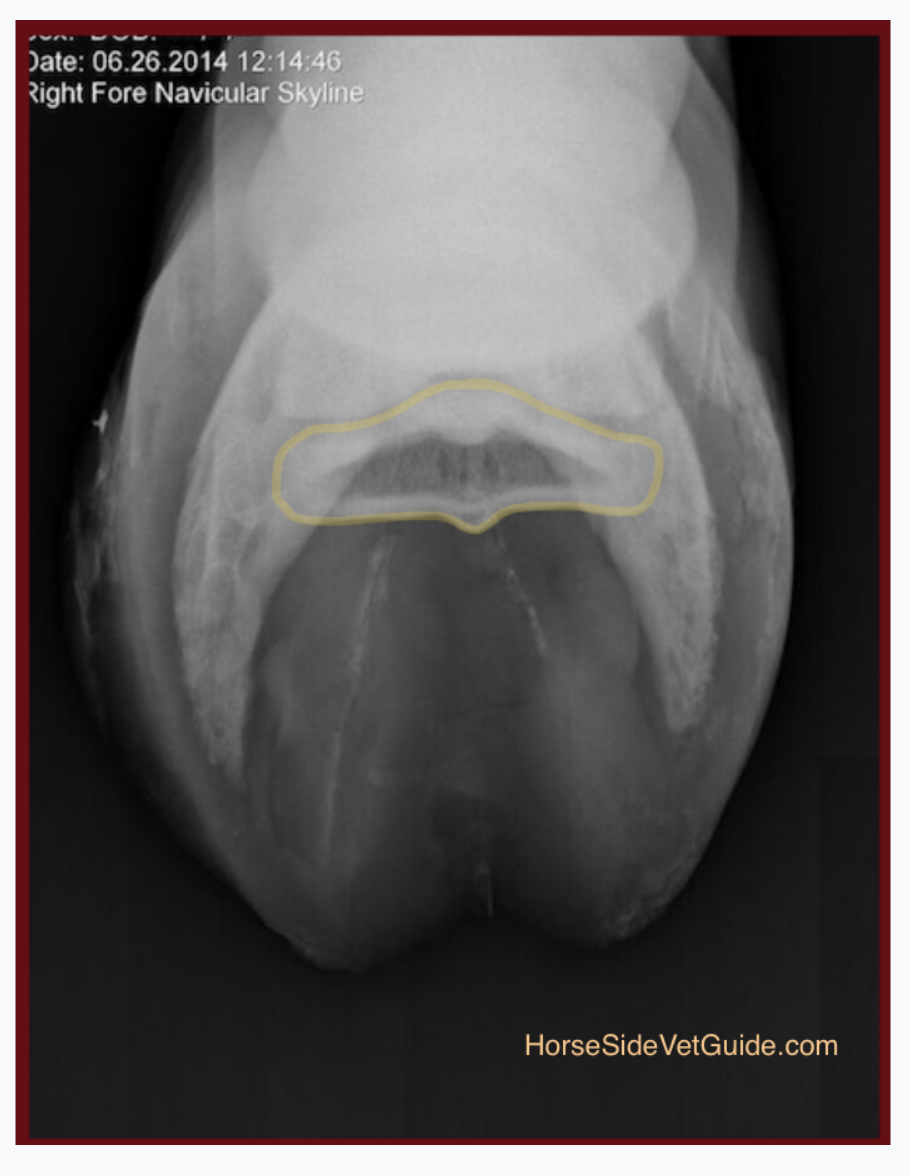

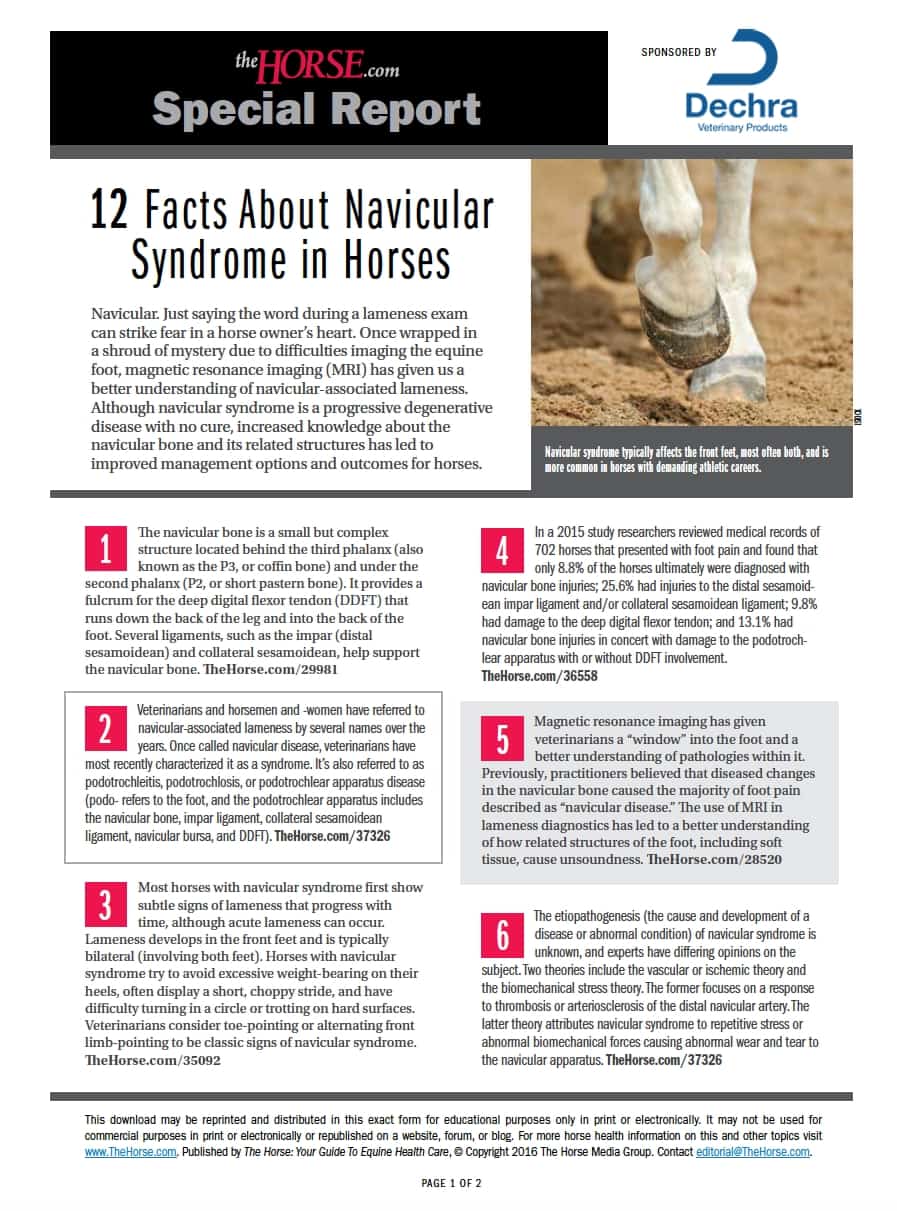

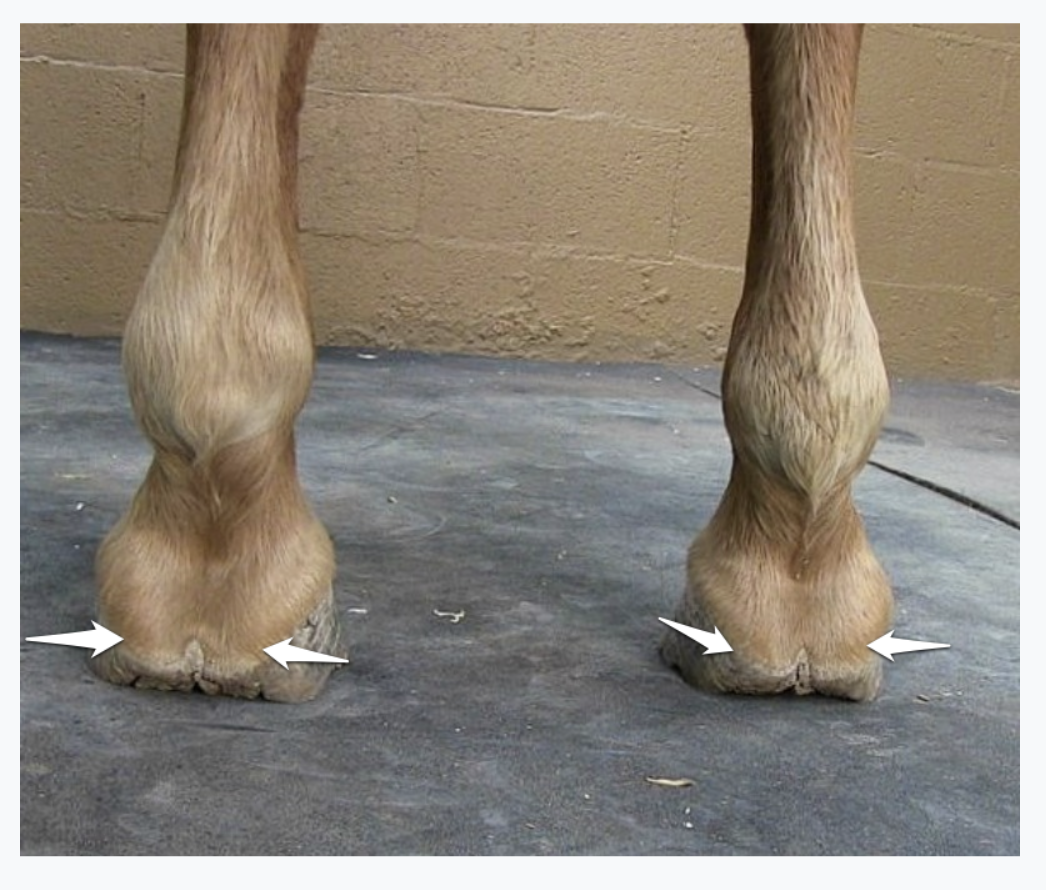




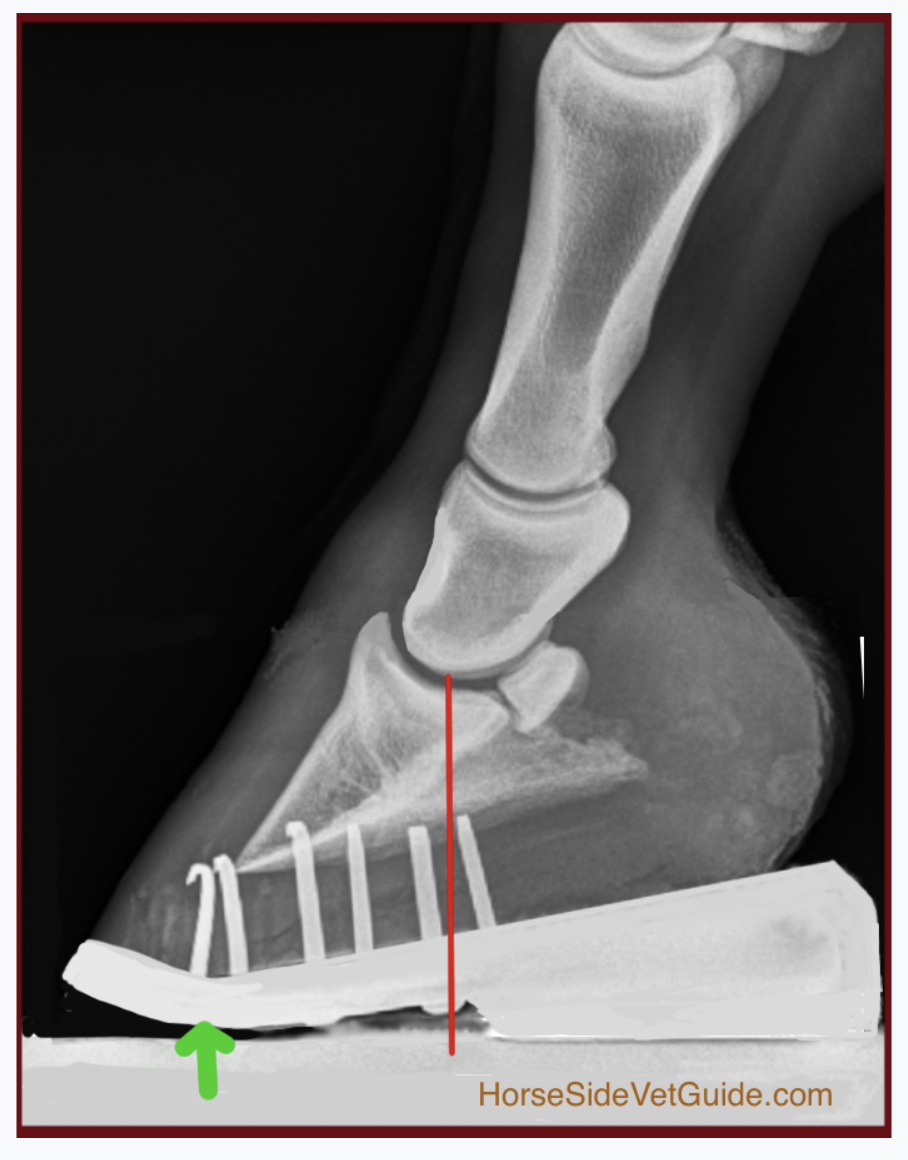






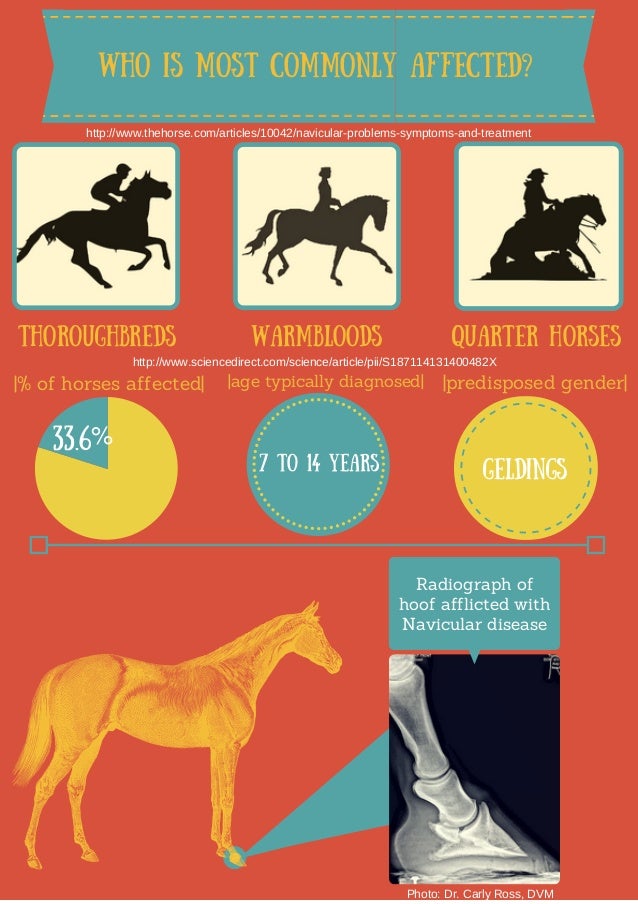




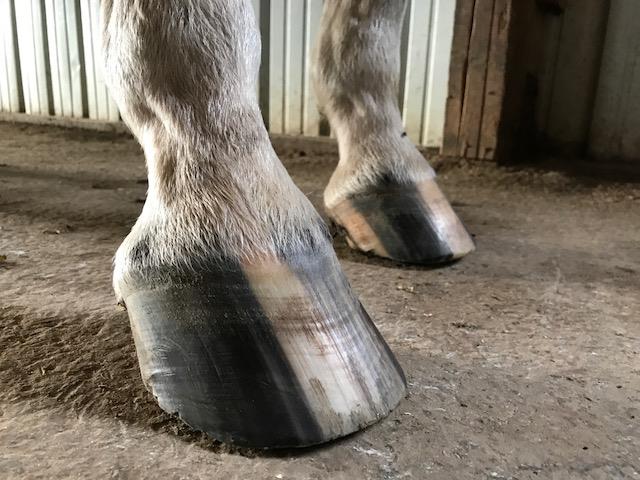

Post a Comment for "Navicular Disease In Horses"